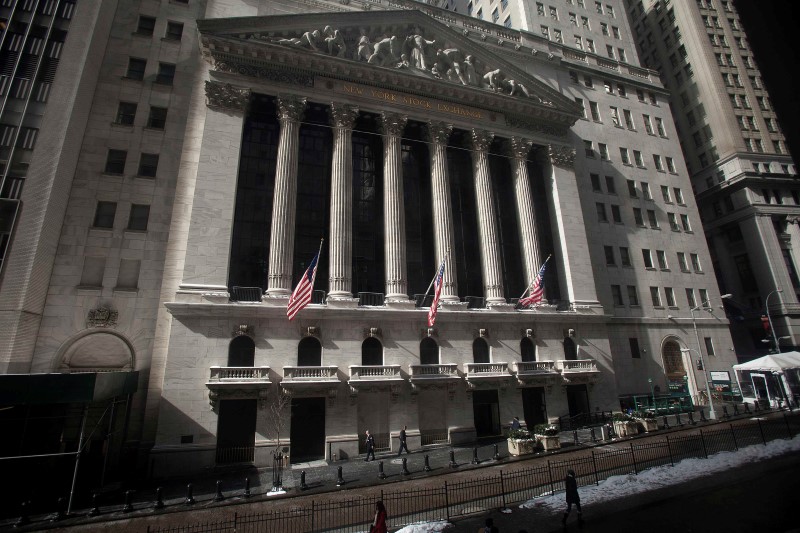(Bloomberg) -- After so many disappointments for riskier stocks, Wall Street strategists should probably be forgiven for warning clients the market rotation might not last.
Between sluggish growth, U.S.-China tensions and bad omens from the bond market there are plenty of reasons a rebound in American equities most sensitive to the economy will prove unsustainable.
Yet the fact remains that a long-short strategy targeting value stocks has posted its best three days since June. The Russell 2000 Index of small-cap shares just surged to a two-month high versus the S&P 500 Index. Airlines, hotels and cruise lines -- the biggest pandemic losers -- have been outperforming the technology titans.
Stimulus and vaccine hopes are stirring these animal spirits, and they’re rekindling the great rotation debate along the way. Goldman Sachs Group Inc (NYSE:GS). encapsulated the dilemma in a note this week: riskier industrials got an upgrade, but defensive tech shares also kept their overweight.
At JPMorgan Chase (NYSE:JPM) & Co., they’d call recent moves a “tactical value snapback” after the valuation gap between these market laggards and their defensive counterparts reached historic levels. Alongside the likes of Sanford C. Bernstein, the bank sees no reason to expect a vigorous comeback.
“Market leadership will be growth- and defensives-driven this year, both in the selloff and in the subsequent market recovery,” JPMorgan strategists led by Mislav Matejka wrote in a note on Monday.
The team cites China’s reluctance to pump fresh stimulus into its economy, uncertainty over global trade and a conviction the dollar won’t fall much further as reasons to doubt the longevity of the rotation.
That all plays into long-standing market divisions in favor of companies expected to have strong long-term cash flows, dubbed growth stocks, versus equities that look cheap -- divisions that were severely deepened by the pandemic. Already there are signs of the divide reasserting itself, with tech beating all other sectors on Wednesday as the value strategy fell anew.
“The missing link -- what will keep U.S. small caps working -- is real cyclical recovery,” Nicholas Colas and Jessica Rabe, co-founders of DataTrek Research, wrote in a Wednesday note.
Read more: ‘Stay-at-Home’ Safety Trade Unravels With Big Tech Left Behind
Generally speaking, value and small stocks are more tethered to the business cycle, so they tend to fare best when a steepening yield curve is signaling better economic expectations. It’s a contentious premise in some corners, but is a common rule of thumb among Wall Street strategists.
Bernstein says a sustained rebound for value stocks will require a steeper yield curve. But with yields pinned down by an ultra-dovish Federal Reserve and long-term inflation expectations relatively low, significant steepening looks a long way off.
Meanwhile, the evidence is suggesting markets remain one big macro-driven trade.
The global average correlation between stocks still hovers near the highest since at least 2000, according to Bernstein. It reckons equity factors including growth, momentum, quality and low volatility are practically trading as one, and they have a near perfect inverse correlation to value.
That’s a sign of a deeply bifurcated market teeming with big-picture risks, and one reason defensive investing styles have boomed in the pandemic.
“Market returns are a function of sector and factor exposure to a greater extent than any time since the global financial crisis,” Evercore ISI strategists led by Dennis DeBusschere wrote in a note.
©2020 Bloomberg L.P.
